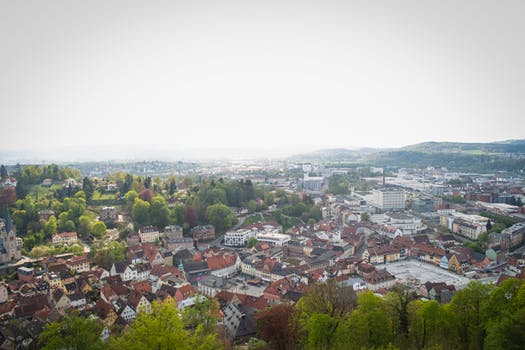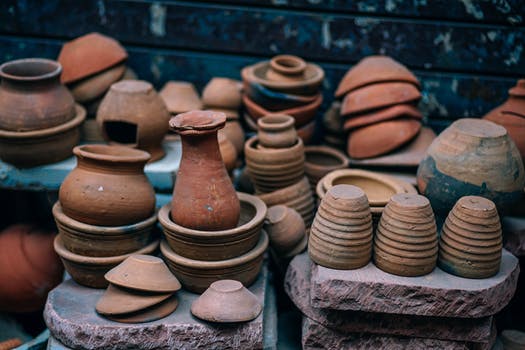5 Interesting Jerusalem Neighborhoods to Visit
November 21st 2018
When you think of the city of Jerusalem you probably imagine the Temple Mount, the Western Wall, the Mount of Olives and the ancient winding streets of the Old City. Yet outside the walls, there are also a variety of interesting Jerusalem neighborhoods to visit, each with its distinctive vibe and fascinating stories.
During the expansion of Jerusalem in the 19th century – also known as the “departure from the walls” – the areas outside the Old City rapidly grew. This expansion increased still further over the following decades as more and more Jews returned to the Holy Land. Today, these neighborhoods provide the visitor with a fascinating glimpse into the lives of Jerusalemites, both past and present.
Some of our favorite Jerusalem neighborhoods to visit include:
The Yemin Moshe Neighborhood
Yemin Moshe is an upscale neighborhood overlooking Jerusalem’s Old City. The area features attractive residential stone buildings and well-maintained gardens. It was developed in the 1890s by Sir Moses Montefiore, a British Jewish banker and philanthropist, who sought to relieve the unsanitary overcrowding within the Old City walls.
The most famous landmark of the neighborhood is the Montefiore Windmill, which can be seen from far and wide. However due to a lack of enough strong winds, the windmill fell into disuse after a few years. Today it’s a museum which tells the story of Montefiore and his achievements. The neighborhood is popular with writers, intellectuals and musicians.
The Rechavia Neighborhood
Rechavia is an elegant Jerusalem neighborhood situated a few minutes’ walk from the Israeli parliament building (the Knesset). The land on which the neighborhood lies was purchased from the Greek Orthodox Church in the 1920s and building commenced soon after. The design plans were modelled on the garden cities of Europe and with an emphasis on the then popular International Style.
Today, the Rechavia Neighborhood is home to Israel’s upper-class, intellectuals, and politicians. David Ben-Gurion and Golda Meir both lived in the area. The neighborhood is a great place to explore Jerusalem’s café culture and high-end delicatessens.
The Meah She’arim Neighborhood
The Meah She’arim neighborhood in Jerusalem is a hub of ultra-Orthodox life. It’s one of the oldest neighborhoods outside the Old City, having been first founded back in 1874. What makes the neighborhood particularly distinctive is the people who live there. The conservative religious dress of the inhabitants together with the traditional way of life offer a fascinating insight into ultra-Orthodox culture.
It’s important to remember when visiting the Meah She’arim neighborhood to be sensitive to local norms. This means dressing modestly and refraining from taking photographs of the locals. There are many Judaica stores in the area which sell religious books, handmade arts & crafts, mezuzah cases, kiddush cups, and other ceremonial pieces.
The Nachlaot Neighborhood
The Nachlaot Neighborhood is perhaps one of the most vibrant neighborhoods outside the city walls. It’s a comprised of narrow alleyways meandering around historic houses, courtyards and small active synagogues. Just south of the bustling Mahane Yehuda shuk, the neighborhood is a quiet oasis of old-world charm.
Like so many of the surrounding neighborhoods, Nachlaot was built in the late 1800s as a solution to chronic overcrowding in the Old City. Originally home to observant Jews, the area went through gentrification after falling into disrepair, and is now the scene for hippies, artists, musicians and young American immigrants.
The Hutzot Hayotzer Artists Colony
Hutzot Hayotzer is an artist’s colony – or arts and crafts street – just outside the city walls and next to Teddy Park. The buildings in the colony were built in the 1930s and the area was designated as an arts district in the late 1960s, after the reunification of Jerusalem.
Today you’ll find the studios and galleries of 24 carefully selected Israeli artists, each in diverse art fields. You’ll be able to explore and purchase paintings, sculptures, metalwork, Judaica, photographs, embroidery, ceramics, and so much more, all directly from the artists themselves.













